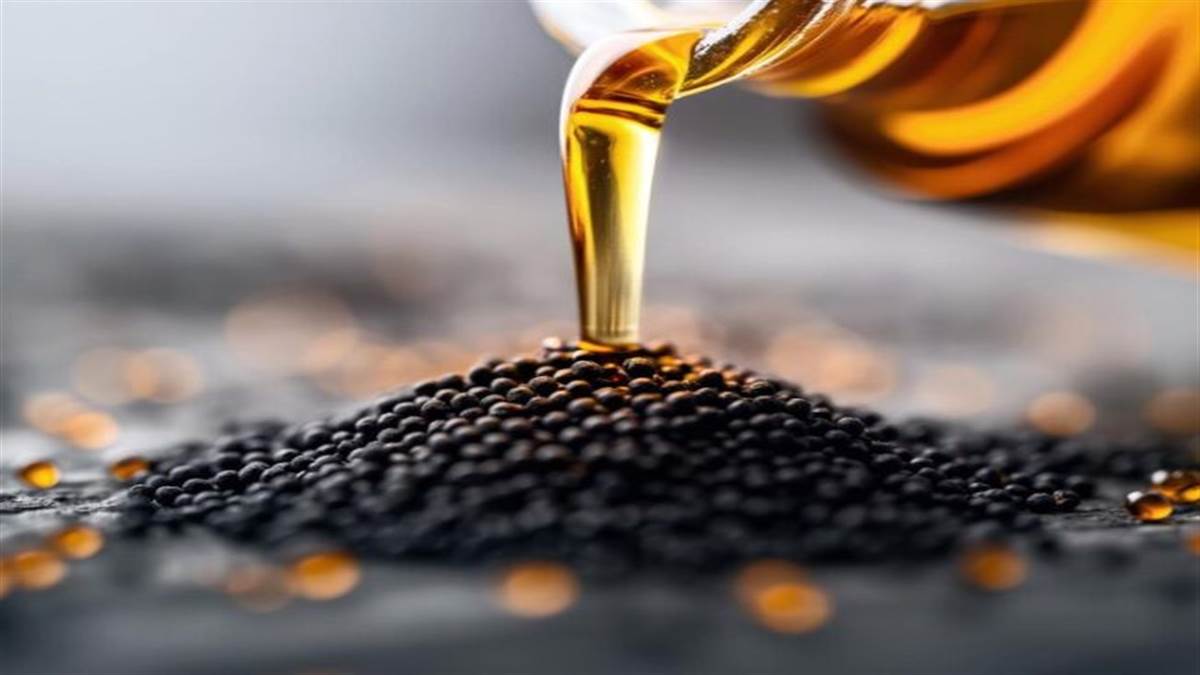September 30, 2024: The prevalence of adulteration in the market has become a common concern, especially when it comes to food items. Whenever we buy food products for our homes, we often wonder whether they are genuine or fake.
Mustard oil is an essential part of our kitchens, but many times, we might end up purchasing adulterated mustard oil. This not only poses health risks but can also strain our wallets. However, there’s no need to worry as this article presents five methods to easily detect adulteration in mustard oil.
Method 1:
Take a small amount of mustard oil in a small bottle or container and place it in the refrigerator for at least 2-3 hours to chill. After a few hours, remove the oil and observe it closely. If the oil solidifies and you see a white substance on the surface, it indicates that the oil is adulterated.
Method 2:
Take a small amount of mustard oil in your hand and rub it thoroughly. If you notice any color transferring to your skin or if there is a chemical odor emanating from the oil, it suggests that the oil is adulterated. Pure mustard oil will not leave any color on your hands, and its aroma will be sharp, not chemical-like.
Method 3:
Another way to test the purity of mustard oil is through a barometer test. Genuine mustard oil typically has a barometer reading between 58 and 60.5. If the reading exceeds this range, it indicates possible adulteration, meaning cheaper oils or other substances may have been added, increasing the oil’s density.
Method 4:
You can also check the purity of mustard oil using a nitric acid test. When mixed with adulterated oil, there will be no color change or other alterations. For this test, take 5 grams of mustard oil in a test tube and add a few drops of nitric acid. If the oil is pure, there will be no color change. However, if the oil turns red or brown, it signifies that it has been adulterated.
Method 5:
Take a small amount of oil in a pan and heat it on low flame. As the oil warms up, observe the smoke that begins to rise. Pay attention to the color of the smoke and its aroma. If thick smoke is emitted and the smell diminishes slightly, the oil is likely pure. However, if the smoke is less and the aroma remains unchanged, it indicates possible adulteration.

